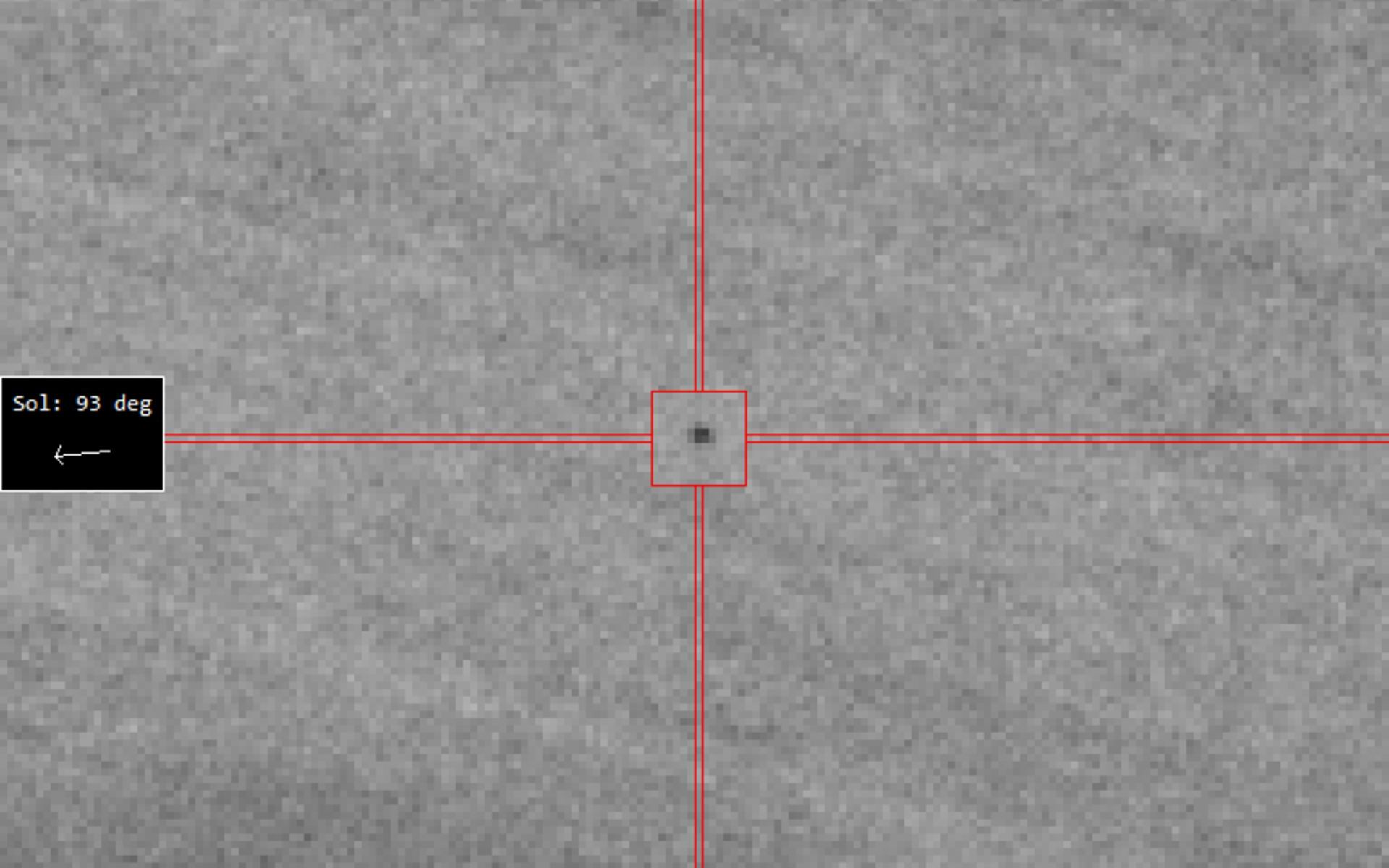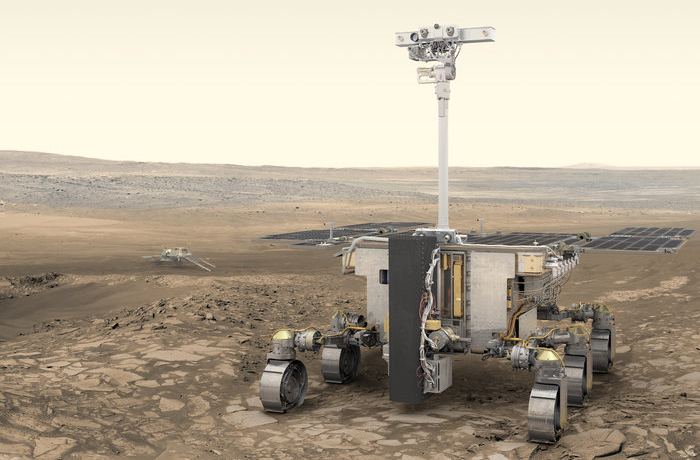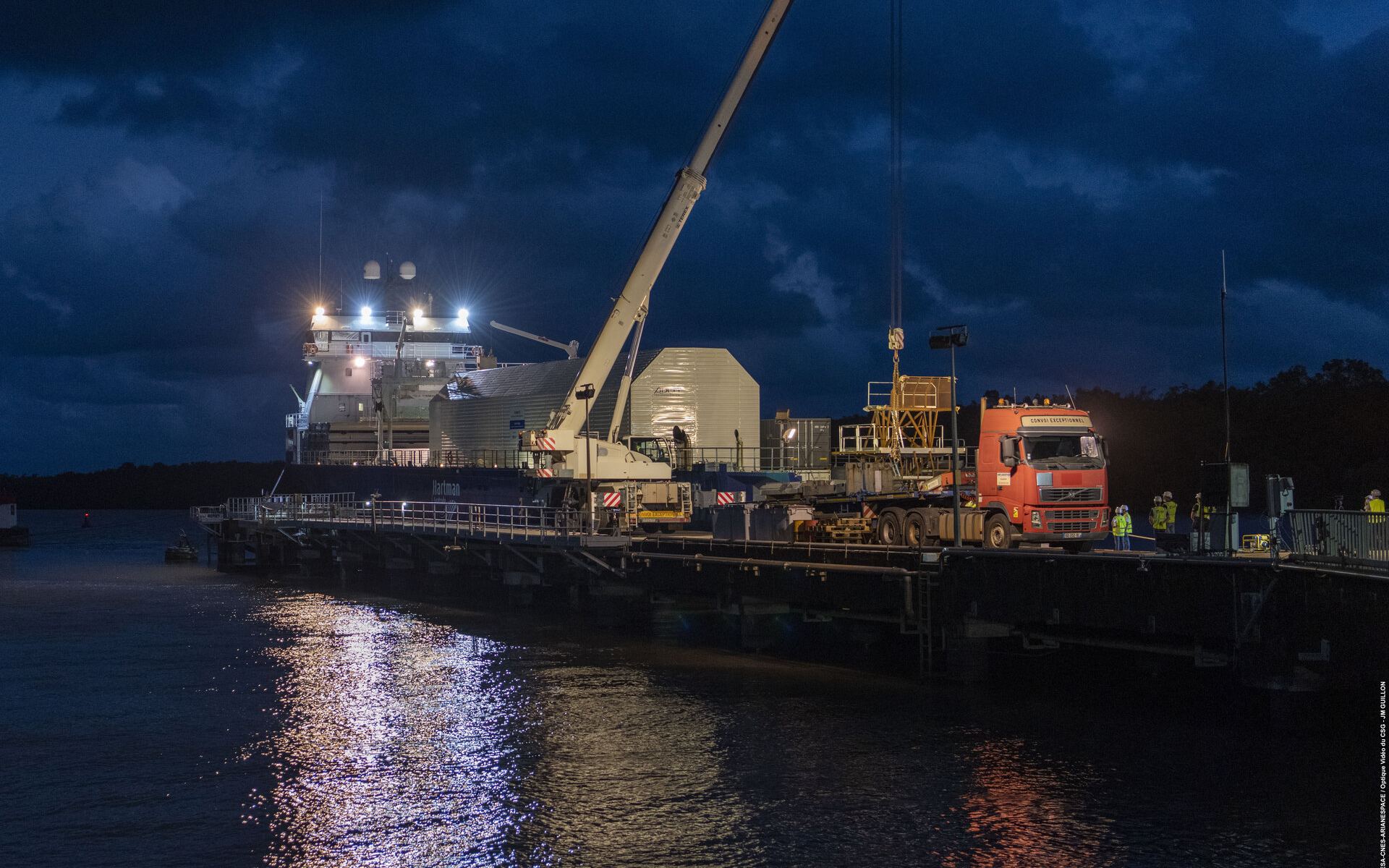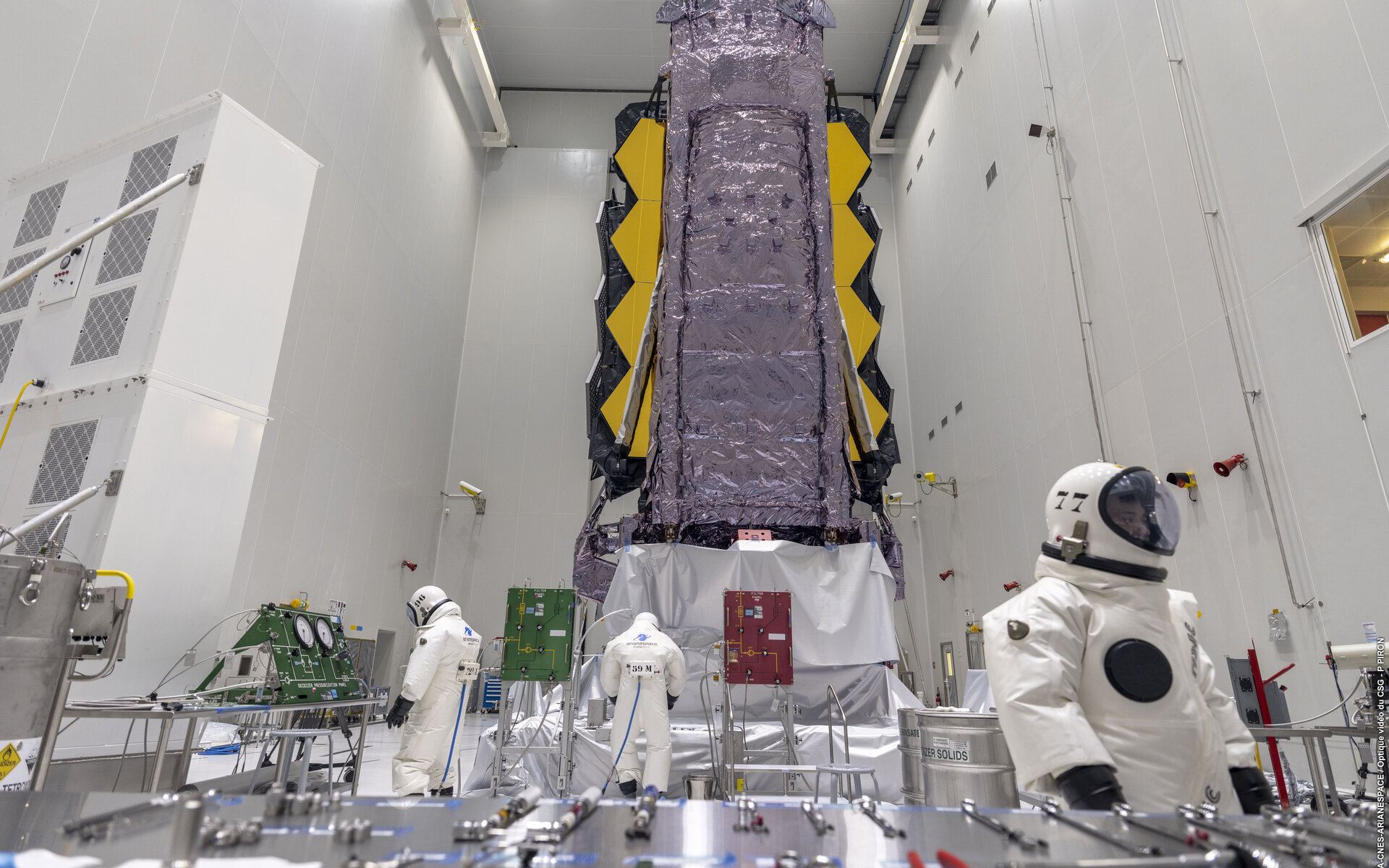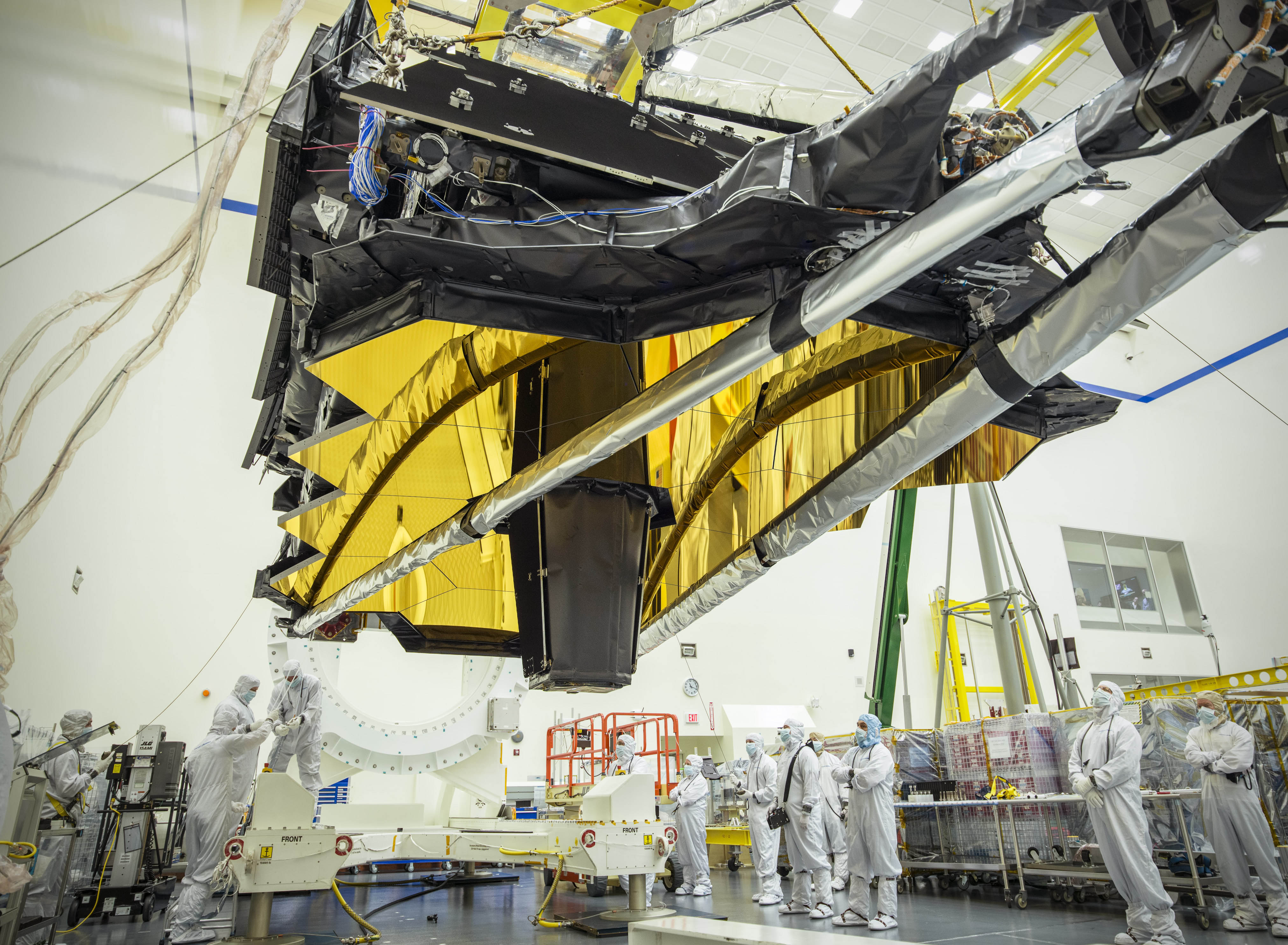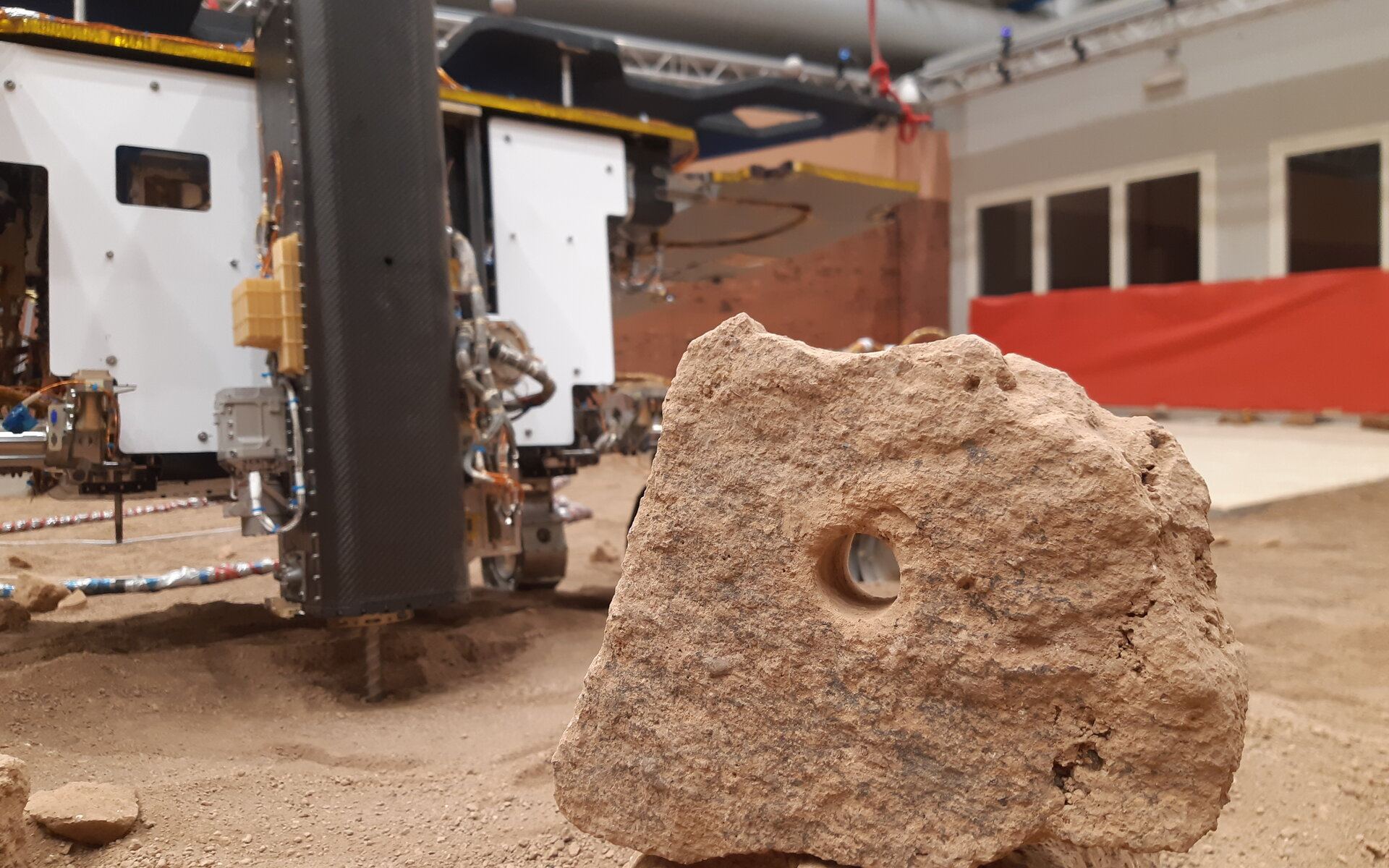Oh, hello there new neighbor! In February, the Gaia spacecraft took a picture of its new closest companion in space at the second Lagrangian point, the James Webb Space Telescope.
Gaia is an optical telescope that is mapping out our galaxy by surveying the motions of more than a thousand million stars. Astronomers for the mission realized that once JWST reached L2, it would be in Gaia’s field of view. It spied JWST when the two spacecraft were a million km apart.
Continue reading “ESA’s Gaia Just Took a Picture of L2 Neighbor JWST”

